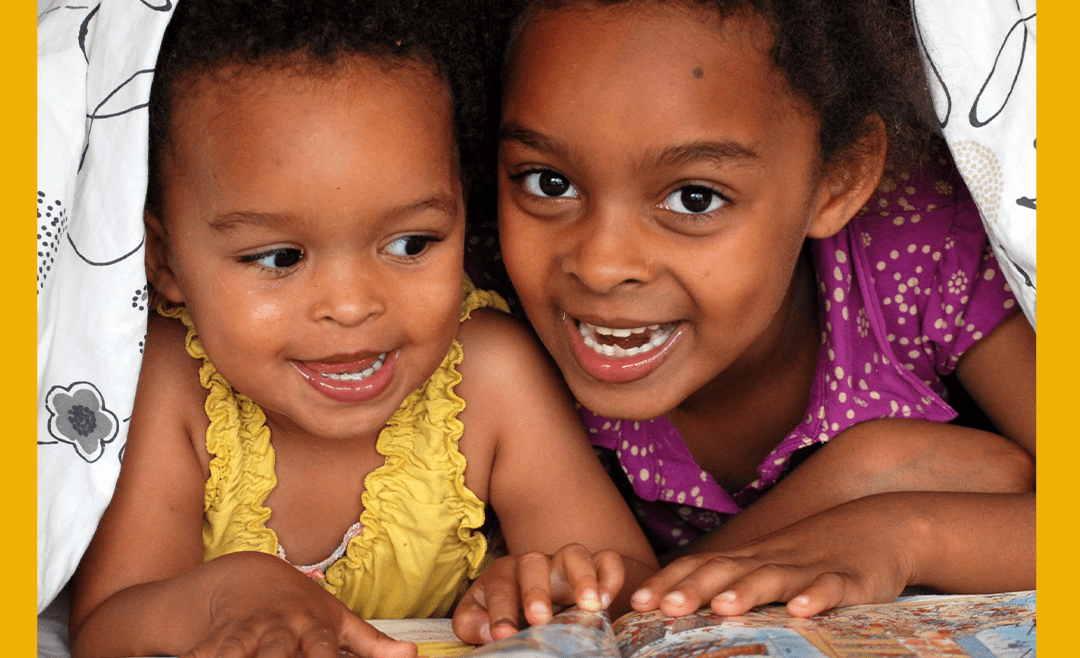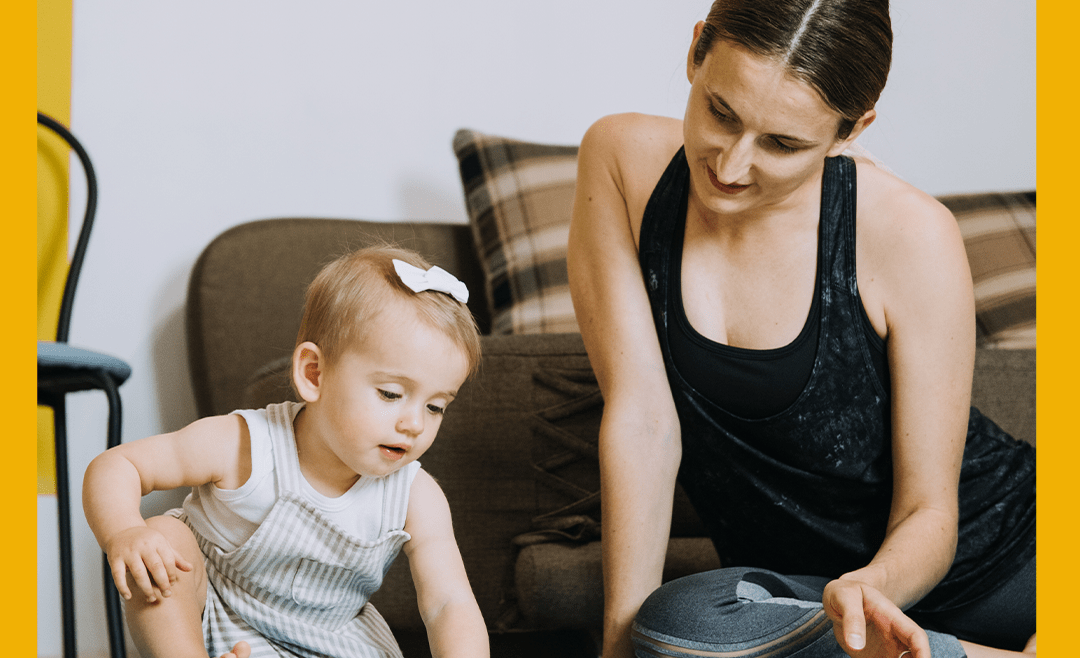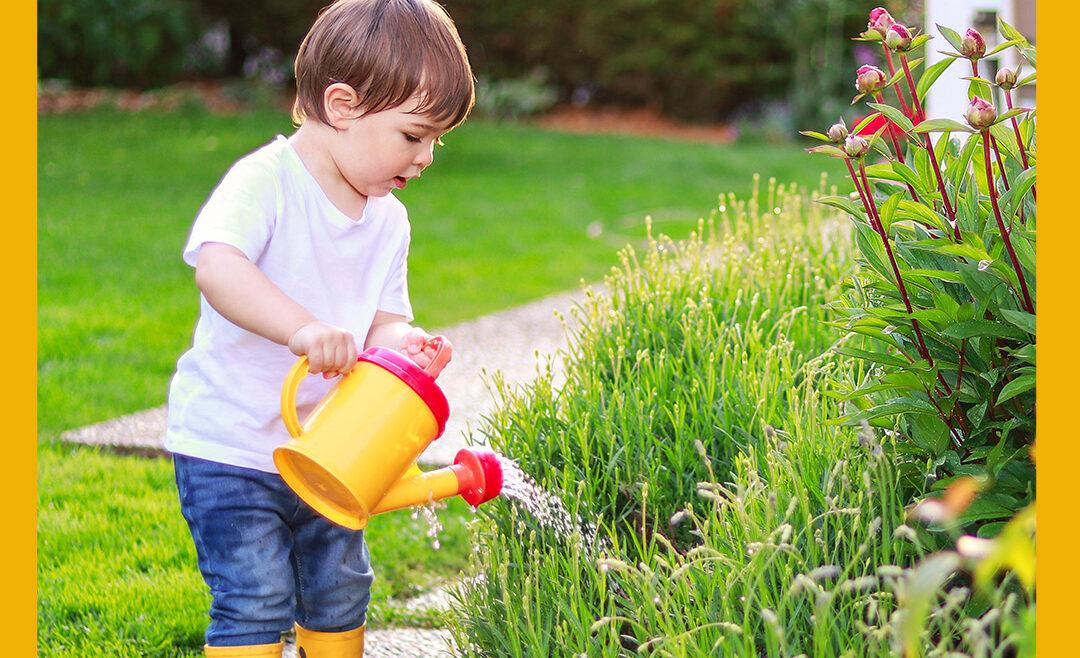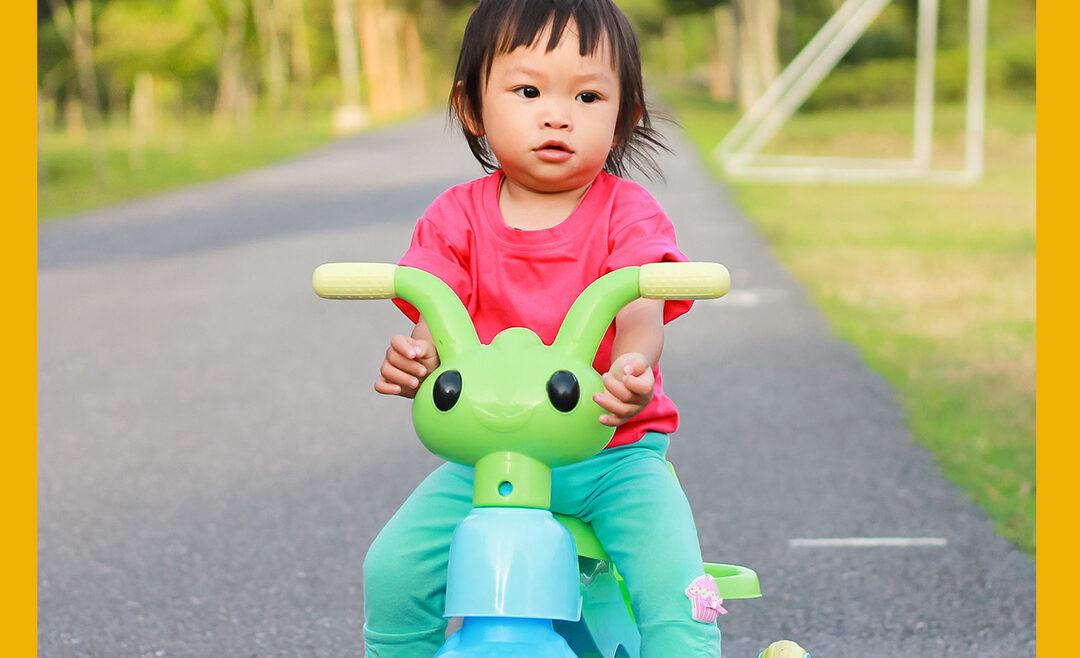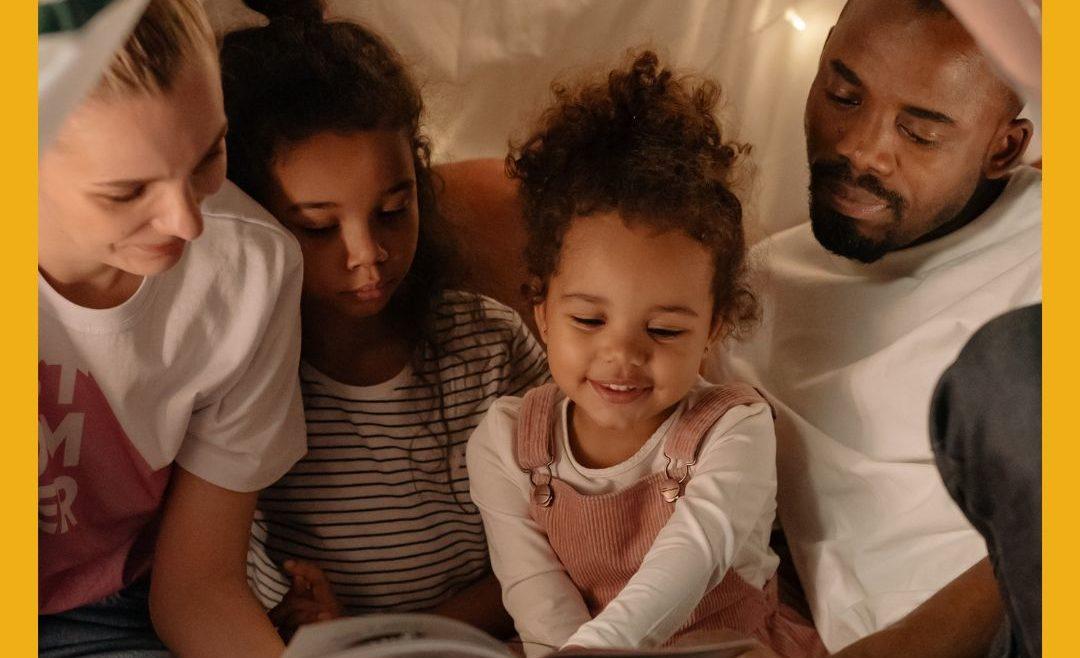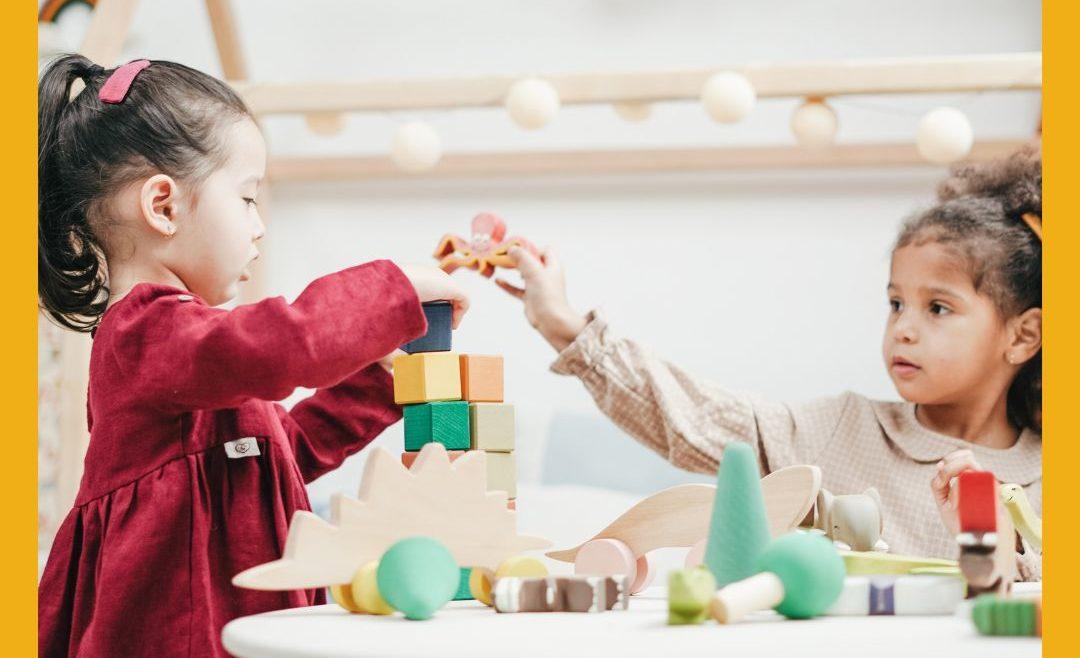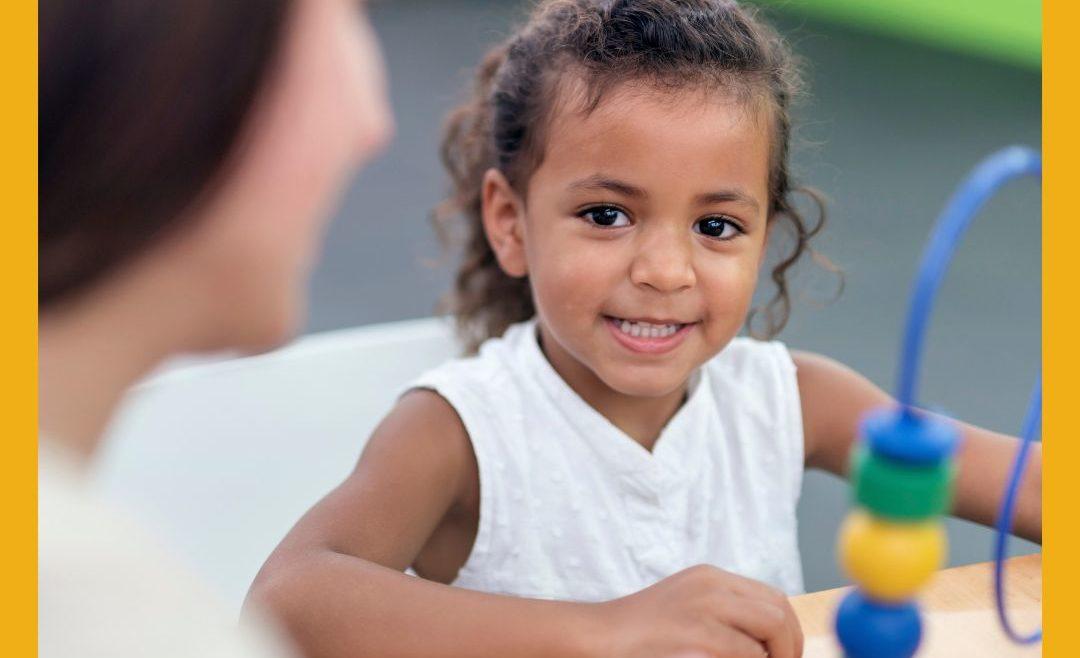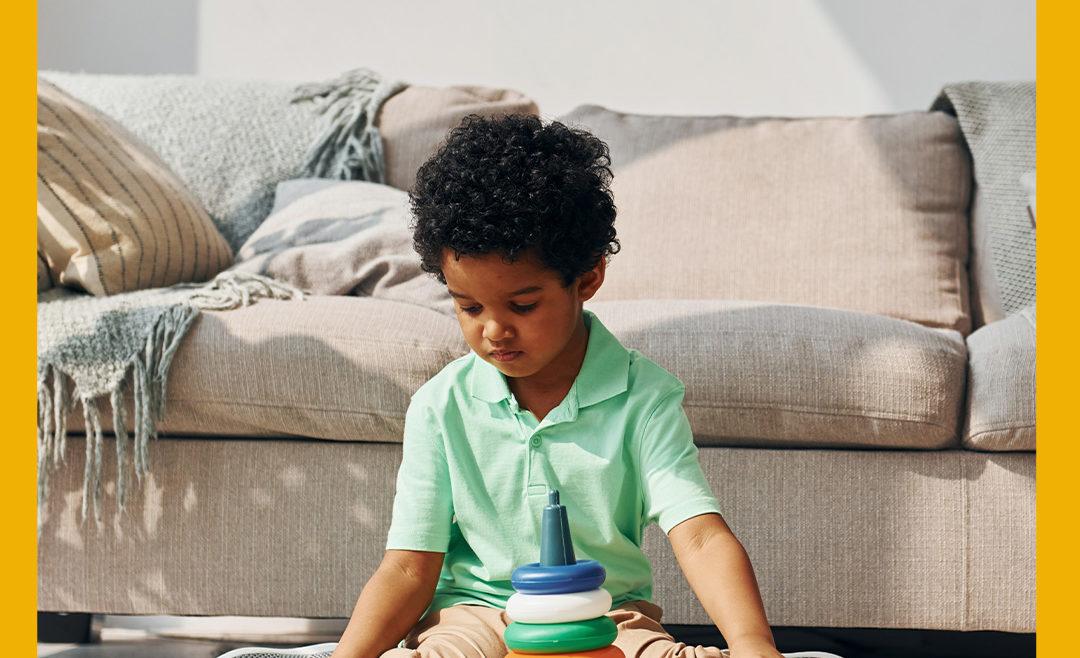Parents work so hard to juggle numerous hats. Between going to work, taking care of your little ones, and managing everything else life throws your way, finding time to work on your child’s therapy goals can be challenging. That’s why we always recommend you try to incorporate your child’s therapy into your daily routine. In doing so, not only will you be able to reduce your stress, but you’ll also get the opportunity to help your child improve their developmental skills. Our hope is that fitting your child’s therapy into your everyday life will make it easier on you and take some of that added pressure off your shoulders.
Have Your Child Help Clean Up the House
Asking your child to help you clean up the house teaches them the importance of helping others and gives them a sense of responsibility. Here are some easy ways to incorporate therapy into your cleaning routine:
- Have your child bend down to pick up their toys and toss them into a basket.
- Ask them to sort laundry into bins and then push the laundry bins across the room.
- Have them climb up onto a chair or step stool to help you wipe down tables and counters or wash some dishes.
Work On Your Child’s Skills During Bathtime
Bath time is an excellent opportunity to work on your child’s fine motor and language skills. If you’re interested in incorporating your child’s therapy into their bath time routine, here are some activities you can introduce to your child that we know they’ll enjoy:
- Incorporate nesting cups into your bath routine. Have your child practice pouring water from one cup into another cup or stack them on the side of the tub.
- Place different colored ducks on the edge of the bathtub and ask your child to count them and identify the color of each duck.
- Make art together! Draw on the bathtub walls using bathtub markers.
Read a Bedtime Story Together
When your little one is ready to go to sleep, perform their nighttime routine, let them choose a book, and tuck them into bed. Then, as you read the book, stop occasionally and ask your child to identify different objects on the page. Once you are done with the story, ask your child some questions, such as how the story made them feel and what their favorite part was.
Here are some wonderful book recommendations that you can enjoy reading with your little ones.
Happy New Year from Pediatric Therapy Network! Keep an eye on our social media (Facebook, Instagram, Pinterest) all January long for more recommendations on stress-free ways to work on your child’s therapy during your daily routine. We will also be sharing tips, activities, resources, and more! Also, please don’t hesitate to contact us anytime to discuss if your child would benefit from pediatric therapy. We’re here to support you and your kiddos in any way we can.


